Formula 1®
DHL Fastest Pit Stop Award: 2016 FORMULA 1 ROLEX AUSTRALIAN GRAND PRIX
2.35 seconds – no more than a brief moment in time. That’s all the Williams crew needed to turn around the FW38 of Valtteri Bottas, making the British team a split second faster than their Mercedes colleagues, who sent race winner Nico Rosberg on his way in 2.65 seconds after his fastest race stop. Williams also achieved the third-fastest stop of the race with a time of 2.72 seconds for Brazilian driver Felipe Massa, proving the Williams crew’s consistency.
There were a total of 26 pit stops during the 58 laps of the 2016 Formula 1 Rolex Australian Grand Prix. Pit crews beat the three-second benchmark in eleven of them. A speed limit of 60 km/h applies to 289 meters of the pit lane at the Melbourne Grand Prix Circuit, and a driver needs 20.5 seconds on average to cover this distance.
Pit crews teams practiced countless pit stops in the factory during the entire winter and on test days in Barcelona and yet again on Thursday in the pits at Melbourne in order to get things right for this first race of the year. Every movement of the hand was rehearsed over and over again. Practice makes perfect. Teams never leave anything to chance in this area, because: “Great is in the detail”. Their goal: Absolute perfection, utmost precision and an error-free pit stop.
Quick reactions when deciding strategy are of prime importance
Teams had developed either a one or two-stop strategy for the first race of the 2016 Formula 1 season. However, the course of the race and the temporary stoppage especially, following the collision between Fernando Alonso and Esteban Gutierrez, presented team strategists with fresh challenges.
And so, Mercedes switched to a one-stop strategy for Lewis Hamilton even before the red flag came out in response to the reigning world champion’s poor start, after which he dropped back to seventh place and then found himself stuck behind other cars.
The red-flag period then caused even more headaches on the pit wall. Mercedes changed Nico Rosberg’s strategy from two stops to one this time. They sent Rosberg back out on the harder, medium compound tire for the re-start. Ferrari, however, bolted on another set of supersofts for race leader Sebastian Vettel, sticking to their two-stop strategy.
Rosberg’s and Hamilton’s different strategies beat Vettel’s two-stopper in the end, showing once again that in Formula 1, everything depends on well-practiced teamwork, plus the ability to make quick decisions and execute them perfectly.
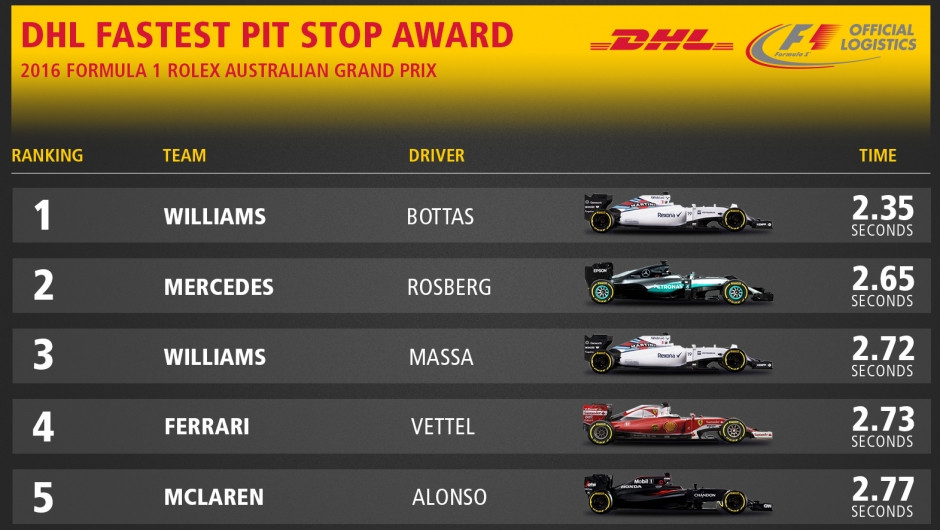

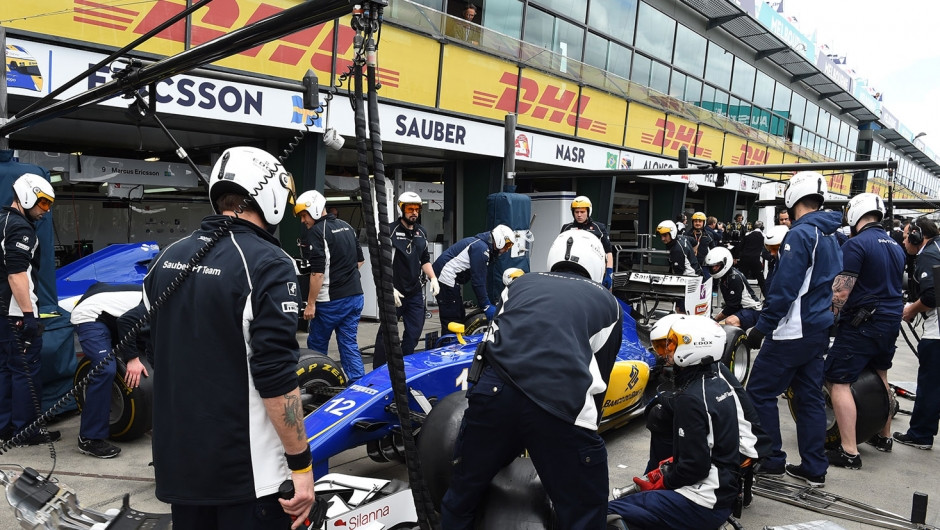
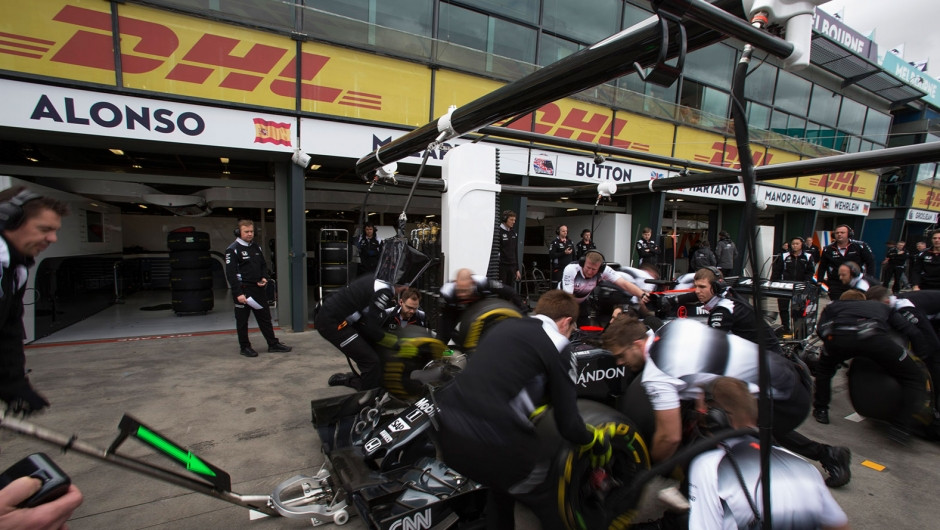
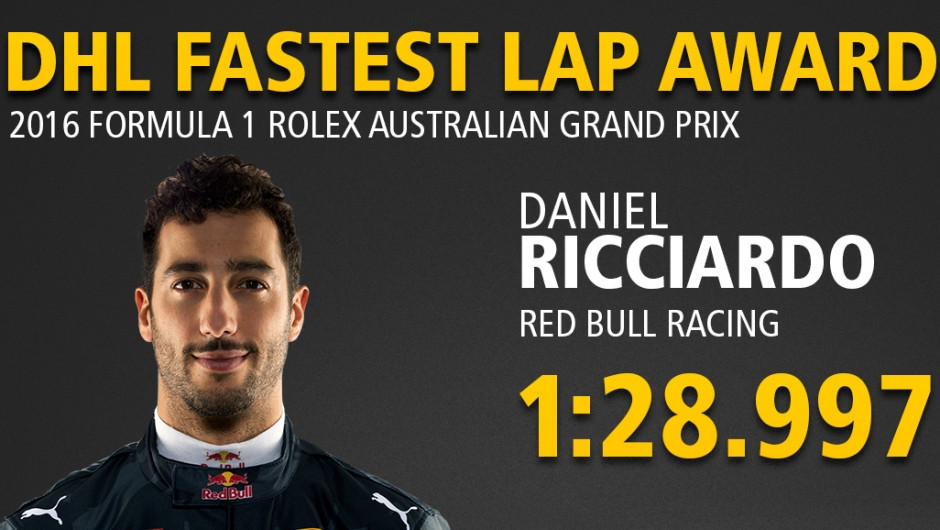
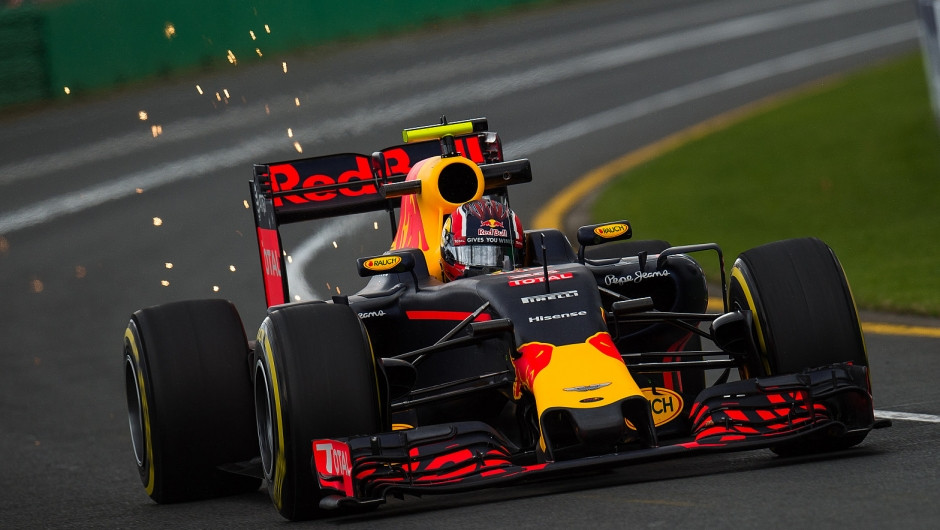
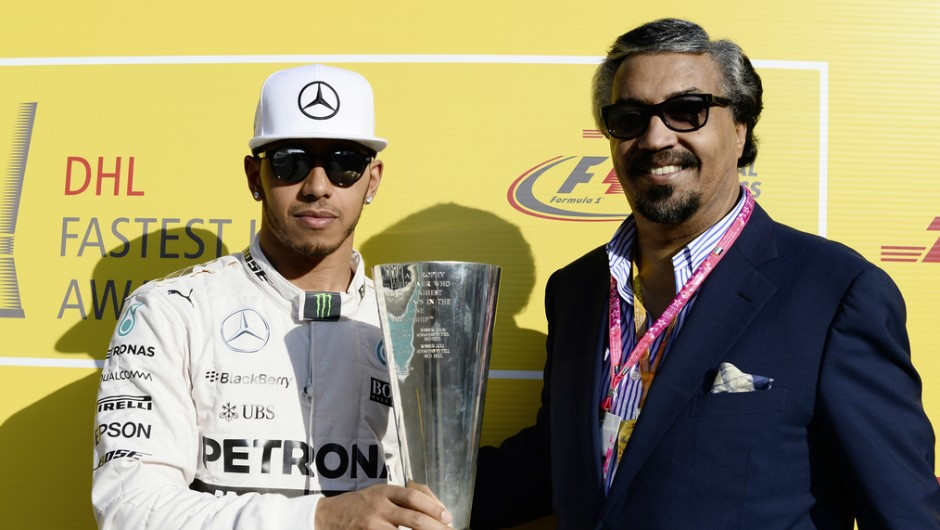
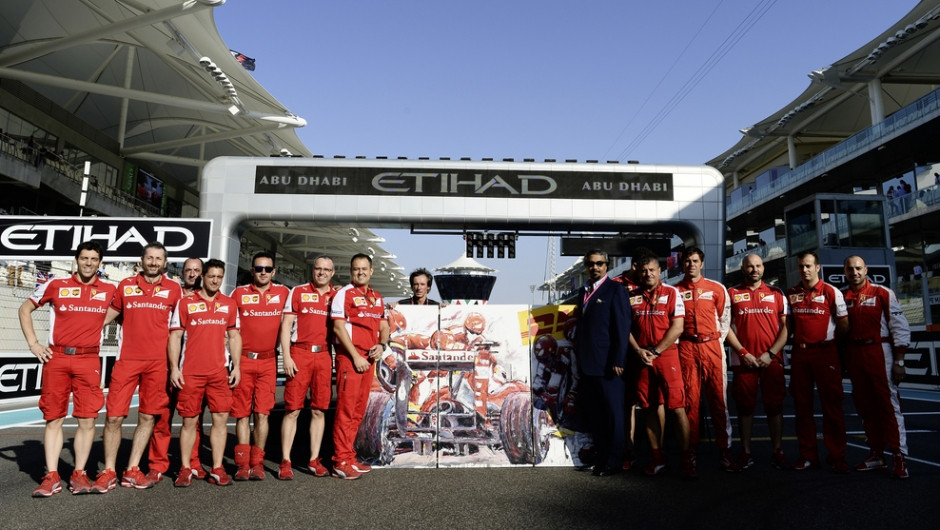
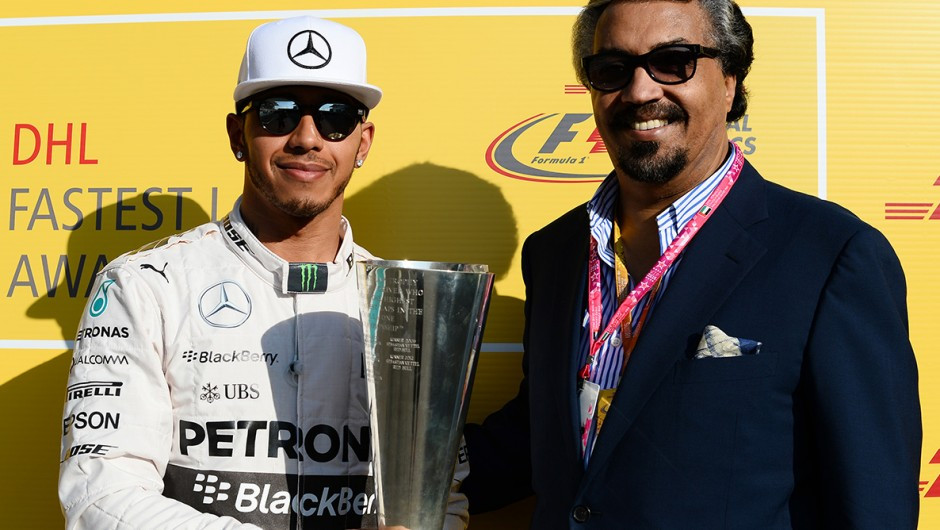
Content from disqus has been blocked because you did not allow to load it.
Loading the blocked content will adjust your privacy setting and content from this service will not be blocked in the future.
You have the right to revoke or change your decision at any time.
Posting Guidelines
All communications on Logistics of Things should be appropriate for a professional community, respecting the diverse views of individuals from different backgrounds. We will review all comments and reserve the right to terminate or restrict access to user's account and to delete any content posted through it, without notice and at our discretion, if we deem it to be overly promotional, offensive, or off topic.
All posting become property of DHL.